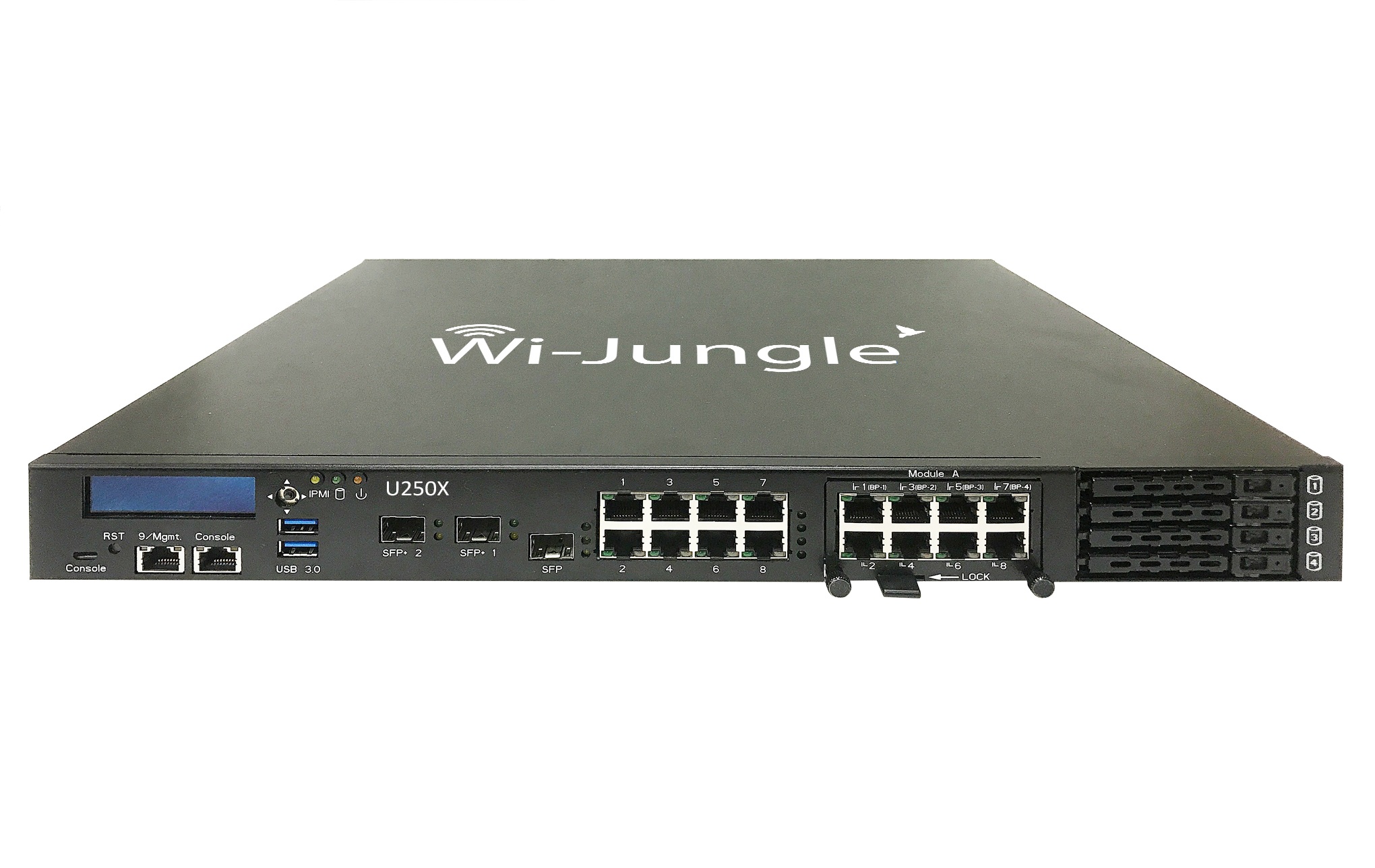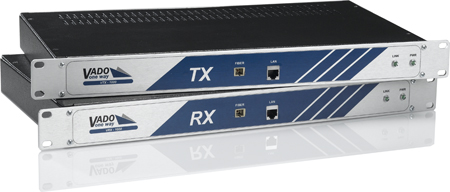
Categories
Problems that solves
Shortage of inhouse software developers
Shortage of inhouse IT resources
High costs of IT personnel
Shortage of inhouse IT engineers
Values
Reduce Costs
Enhance Staff Productivity
About Product
Description
With Crayonic KeyVault™ we enable next-generation security for authentication of users, storing digital assets, and e-signing documents. Organizations and individuals can replace all passwords with a simple written or spoken PIN and protect all personal cryptographic keys and secrets in one simple-to-use device. Crayonic KeyVault™ provides unrivaled usability and highest security while incorporating the Proof-of-Free-Will™
Multi-factor Authentication
Securely authenticate to any FIDO2 compatible system without username and password.
Cryptocurrency Hardware Wallet
Store cryptocurrency in an offline hardware wallet protected by multiple biometric factors and the Proof-of-Free-Will.
Certified E-signatures
Sign electronic documents on the screen of mobile device with certified electronic signature.















